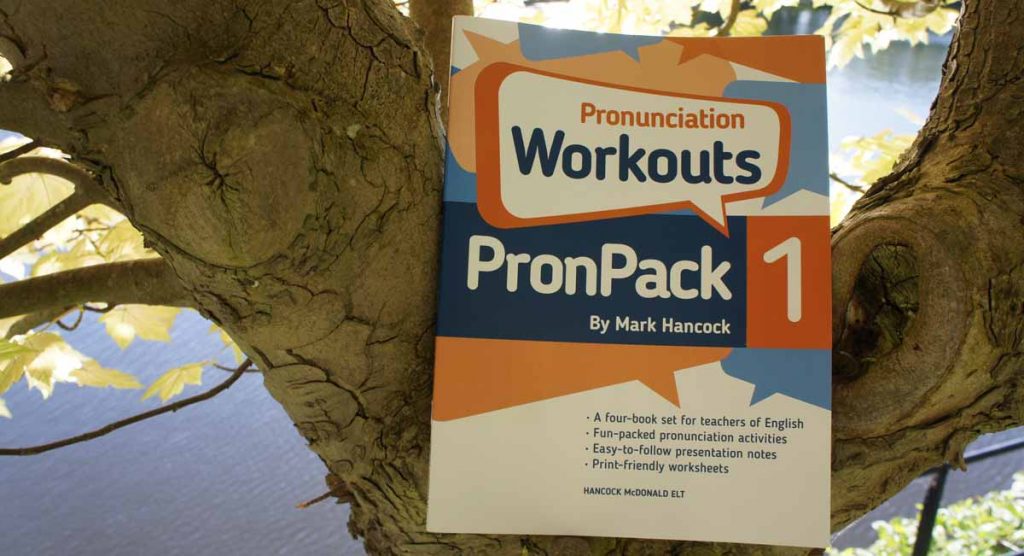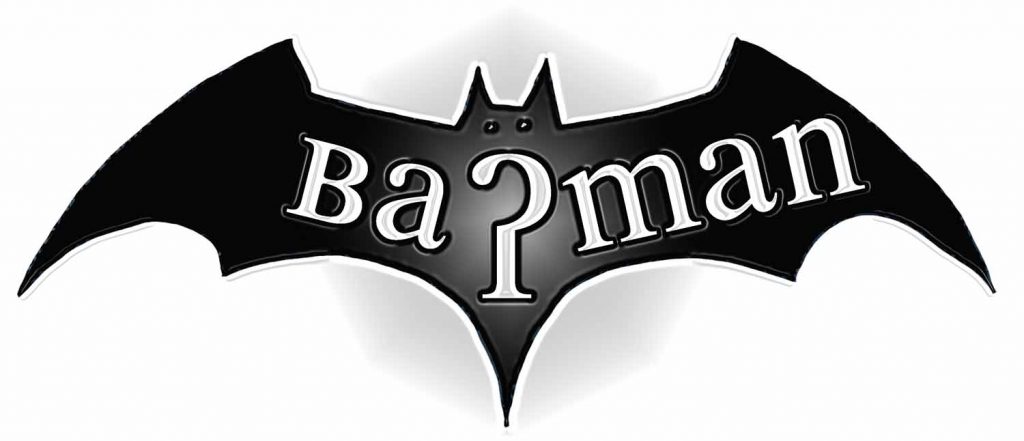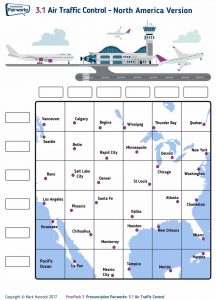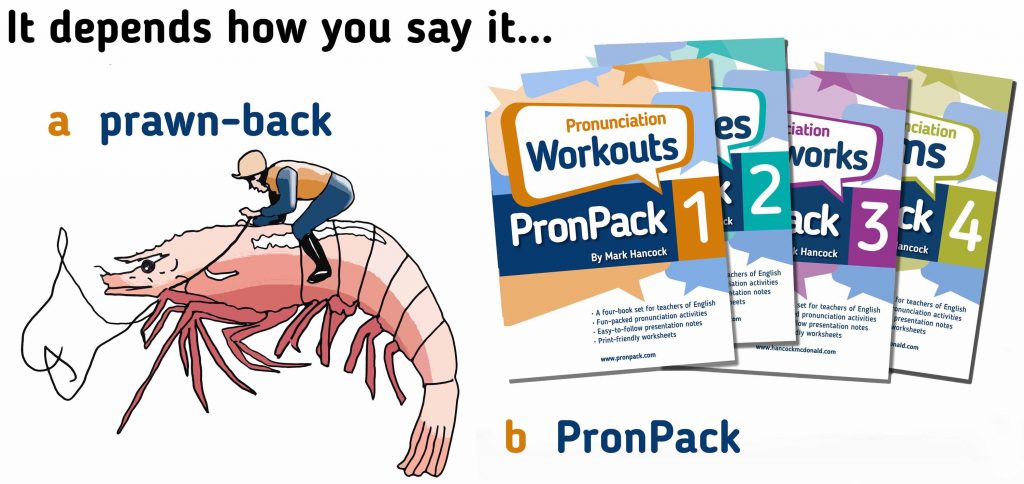
PronPack is available in both ebook and print format. If you’re trying to decide which format to get, here are some points to consider. Continue reading “Which PronPack – eBook or print?”

PronPack is available in both ebook and print format. If you’re trying to decide which format to get, here are some points to consider. Continue reading “Which PronPack – eBook or print?”

Just updated my author page on Amazon to include PronPack!
Get them from Createspace here: PronPack 1, PronPack 2, PronPack 3, PronPack 4. Also available on Amazon.


Misunderstandings are going to happen, and not only involving people who are learning the language. This example could easily be between an Australian and a British speaker.

The /p/ and /b/ sounds cause problems for a lot of learners, who cannot hear or produce the difference between pairs of words like crap and crab.
Continue reading “Funny Misunderstandings”
 In my last class, a South Korean student told me about his weekend visit to Liverpool. He said it wasn’t easy to understand the local way of speaking, and gave the example of the question word What? He demonstrated how this word had been said, with the final ‘t’ replaced with a silence, or glottal stop, so it sounds like wha’? Continue reading “The Sound of Silence”
In my last class, a South Korean student told me about his weekend visit to Liverpool. He said it wasn’t easy to understand the local way of speaking, and gave the example of the question word What? He demonstrated how this word had been said, with the final ‘t’ replaced with a silence, or glottal stop, so it sounds like wha’? Continue reading “The Sound of Silence”
Get one free lesson sample from each of the four PronPack books! Includes PDFs of the teacher’s notes and worksheet, plus MP3 audio files where necessary. Download from the ELT Materials section at hancockmcdonald.com.

A collection of extra resources like this to be added soon to the ‘Resources’ page! Free sample downloads for this activity in the ELT Materials section at hancockmcdonald.com.

Free sample downloads for this activity here in the Materials section at Hancock McDonald ELT website.
A collection of extra resources like this to be added soon to the ‘Resources’ page!
